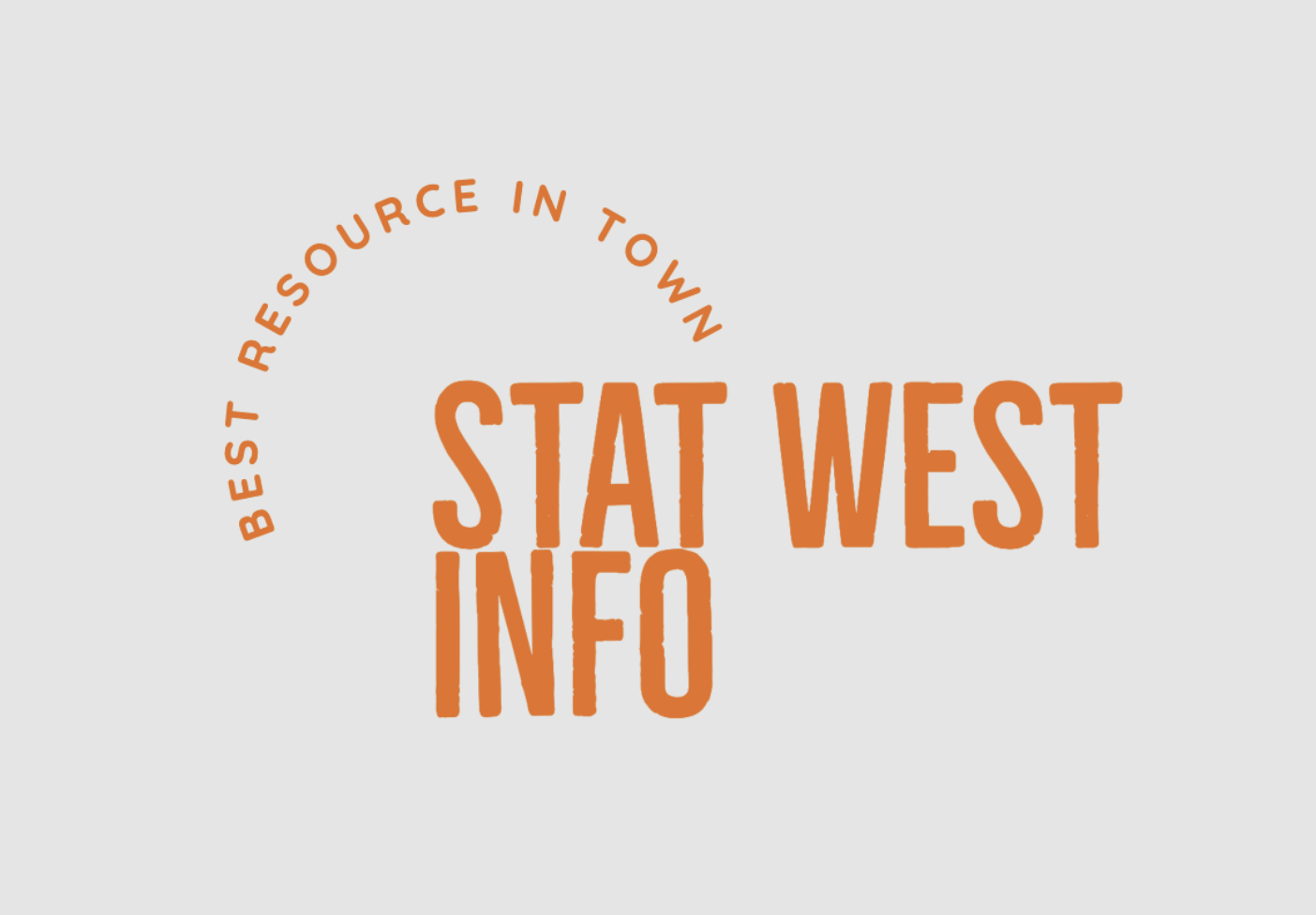If you know already what is SD-WAN and if you’re looking for an SD-WAN solution for your business, you need to carefully consider the solution’s features, security, scalability, and extensibility. Read on for tips on choosing the right SD-WAN solution. Then, compare it to your existing WAN, local area network, and cloud solution. Ensure it can accommodate geographically dispersed branch locations and remote workers and that it offers capabilities around multi-cloud, self-healing connections, and overall reliability.
Integration With cloud
When choosing an SD-WAN solution, look for features that integrate with the cloud. A good SD-WAN provider can provide you with back-to-back access to your cloud environment. This will make provisioning the network more accessible and eliminate the need for tail circuits. The key is to choose an SD-WAN solution that is easy to implement and powerful enough to meet your needs.
SD-WAN’s primary benefits for enterprise networks include traffic segmentation, centralized provisioning, and enhanced security. However, the benefits of cloud integration will vary depending on the provider you choose. Some cloud providers have partnered with SD-WAN providers to create seamless integration. Others offer advanced firewall protection to secure your cloud-based business further.
Scalability
Scalability is one of the essential features when choosing an SD-WAN solution. This type of network makes it possible to onboard new branches quickly using plug-and-play appliances and automatically discover new sites. In addition, SD-WAN offers flexibility by enabling users to choose from different transport types. This can help avoid congestion during peak hours.
Enterprises often underestimate how quickly their businesses will grow, making scalability a critical concern. This is especially true for networks with geographical dispersion. The typical response to an organization’s growth is to install more SD-WAN appliances. While this can increase the functionality of an SD-WAN, it doesn’t always address the scalability issue.
Security
When choosing an SD-WAN provider, security should be a top priority. The company should offer top-notch security and a comprehensive understanding of current security trends. BCM One, for example, offers a Versa-supplied SD-WAN that offers the highest level of granular security in the industry. The SD-WAN provider should also perform a full network assessment to identify any issues with your existing network infrastructure. These issues can affect response times, security risks, and uptime.
One of the most critical security concerns in SD-WAN is securing network devices. This means ensuring that new devices are authenticated before allowing them to connect to the network. This can be accomplished via a captive portal or through the use of security tokens. The authentication process must be simple and not pose too many logistical issues. Another critical issue is the encryption of the data plane, which carries user traffic. This data must be encrypted using a method such as Secure Sockets Layer (SSL) or Transport Layer Security (TCP/IP VPN tunnels).
Extensibility
SD-WAN provides several benefits over conventional WAN solutions. It enables businesses to manage WAN resources more efficiently and effectively while reducing the overall cost of ownership. This new architecture also offers a programmable and flexible way to build WAN infrastructure. It supports multiple topologies, enabling businesses to leverage multiple cloud resources in one deployment. Furthermore, SD-WAN can coexist with different networks to enable application deployment and security flexibility.
SD-WAN allows businesses to achieve higher levels of security. SD-WAN application intelligence can be used to forward encrypted traffic. This feature helps businesses to ensure data security, which can be critical to some organizations. This ability is only possible if SD-WAN can pass DSCP markings in the clear.
Cost
One of the biggest challenges in implementing SD-WAN is cost. The initial hardware or software is an expensive investment for each network site. While some suppliers report a fixed price for an SD-WAN appliance regardless of bandwidth, most increase the price as site bandwidth grows. For example, a 10 Mbps SD-WAN site appliance will cost $452 in 2021, compared to $1,423 for a 10 Gbps device. Ultimately, a business should look at the overall cost of SD-WAN and decide whether it is worth it.
As an added benefit, SD-WAN can reduce IT management costs. For example, it can reduce the need for highly specialized network engineers, driving up the cost of running a WAN. This can save up to 1.5% of the overall cost of the network.




